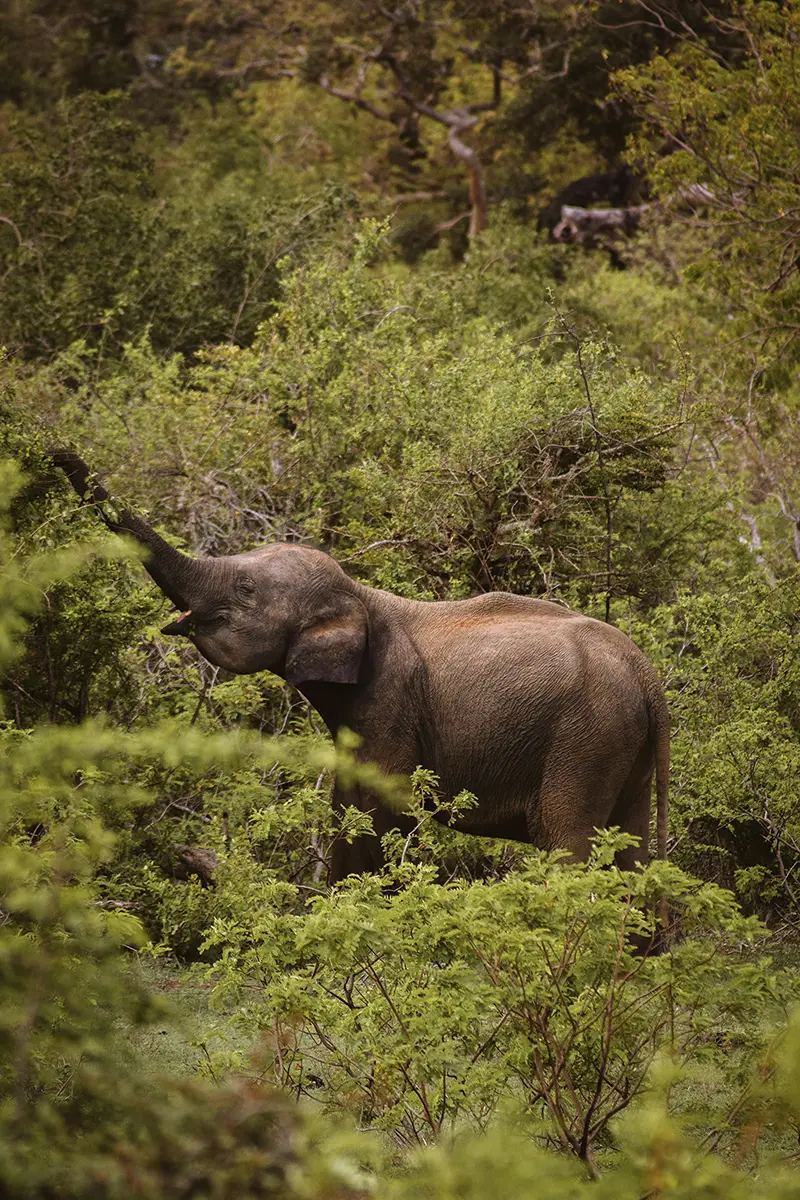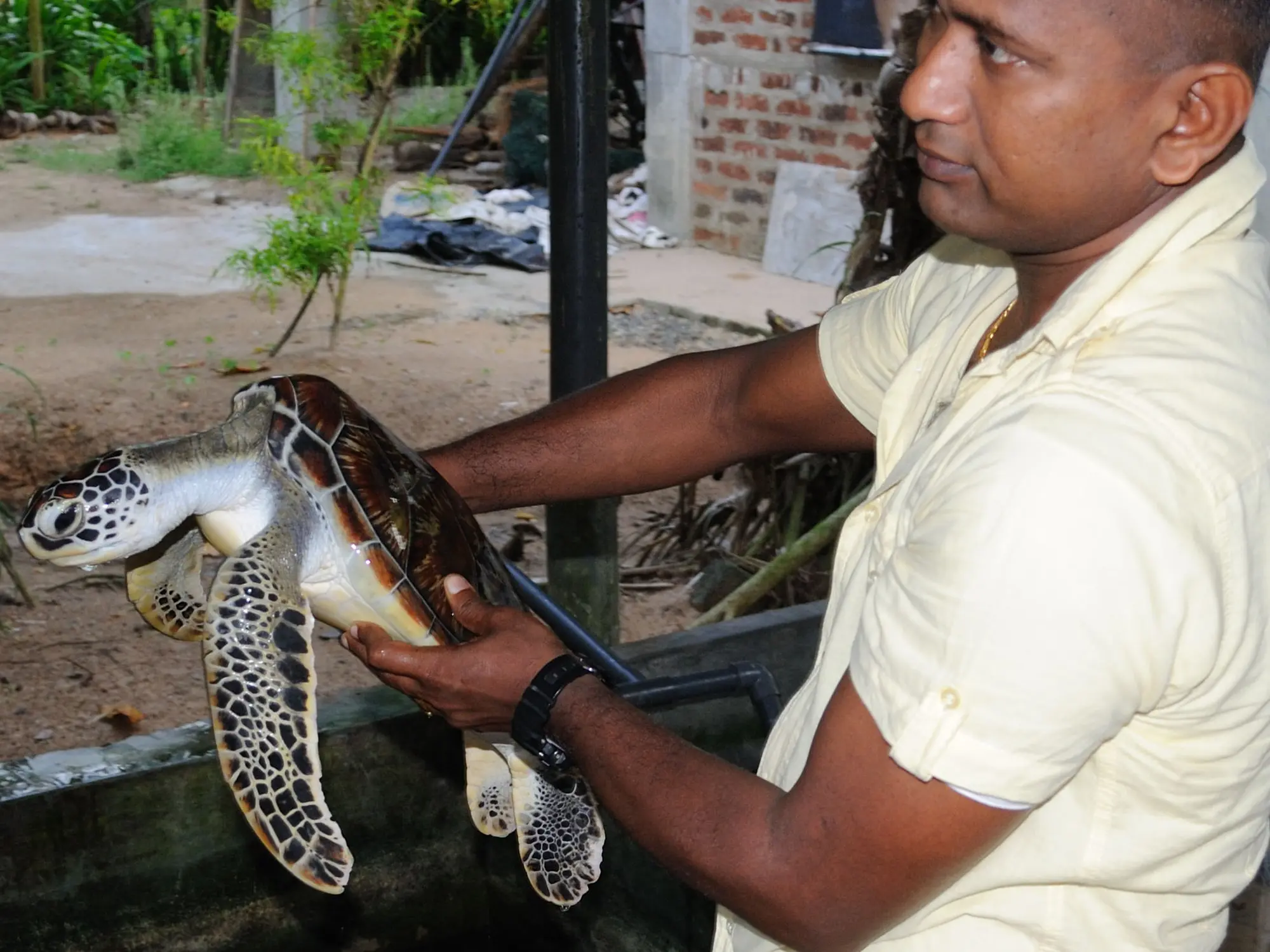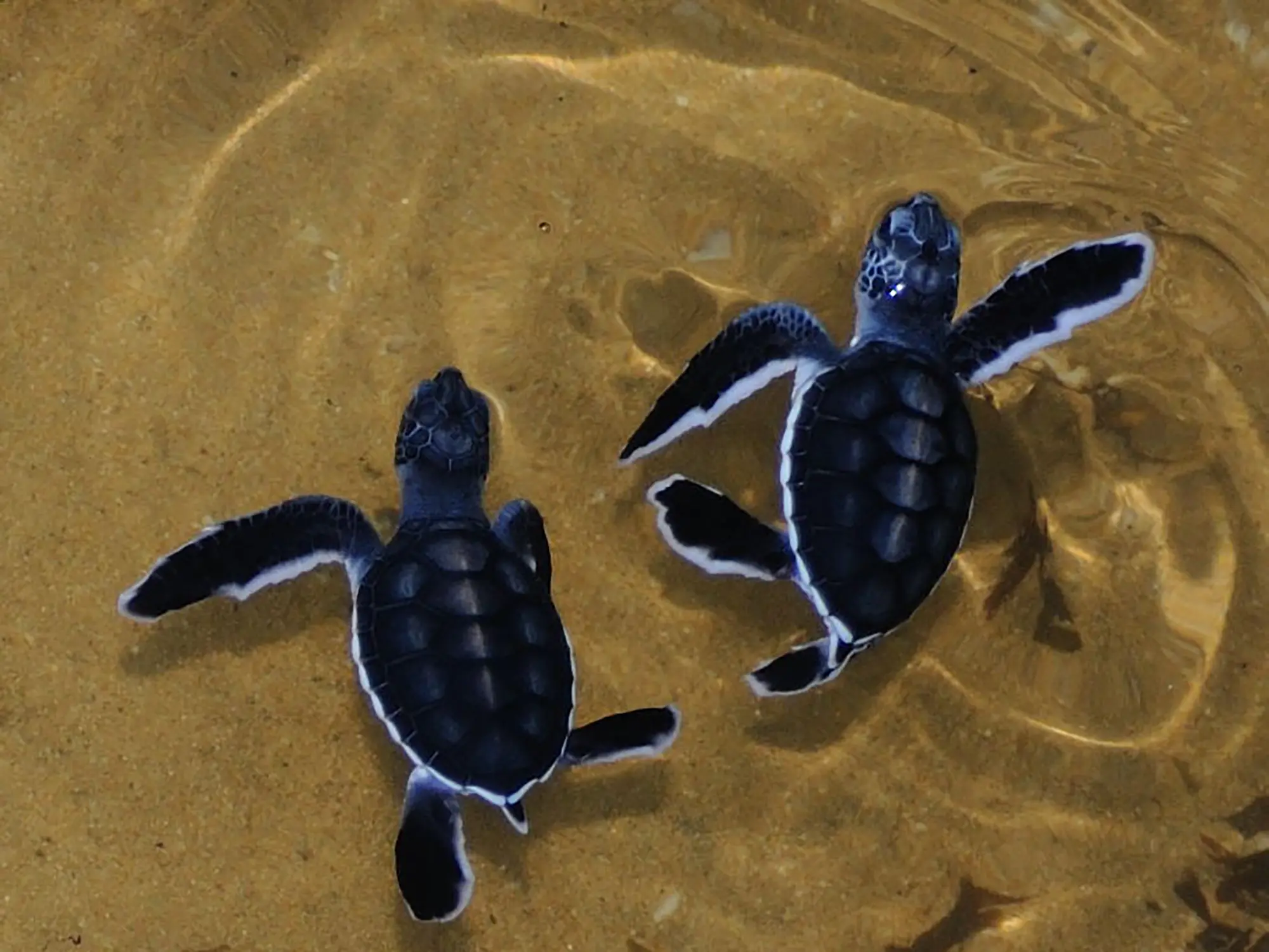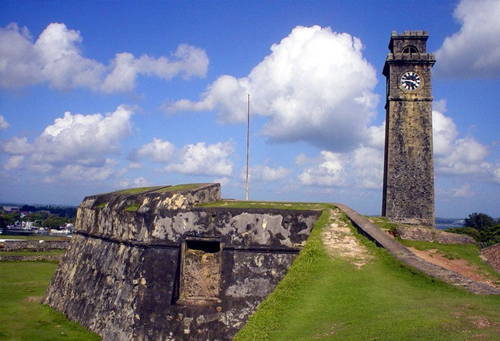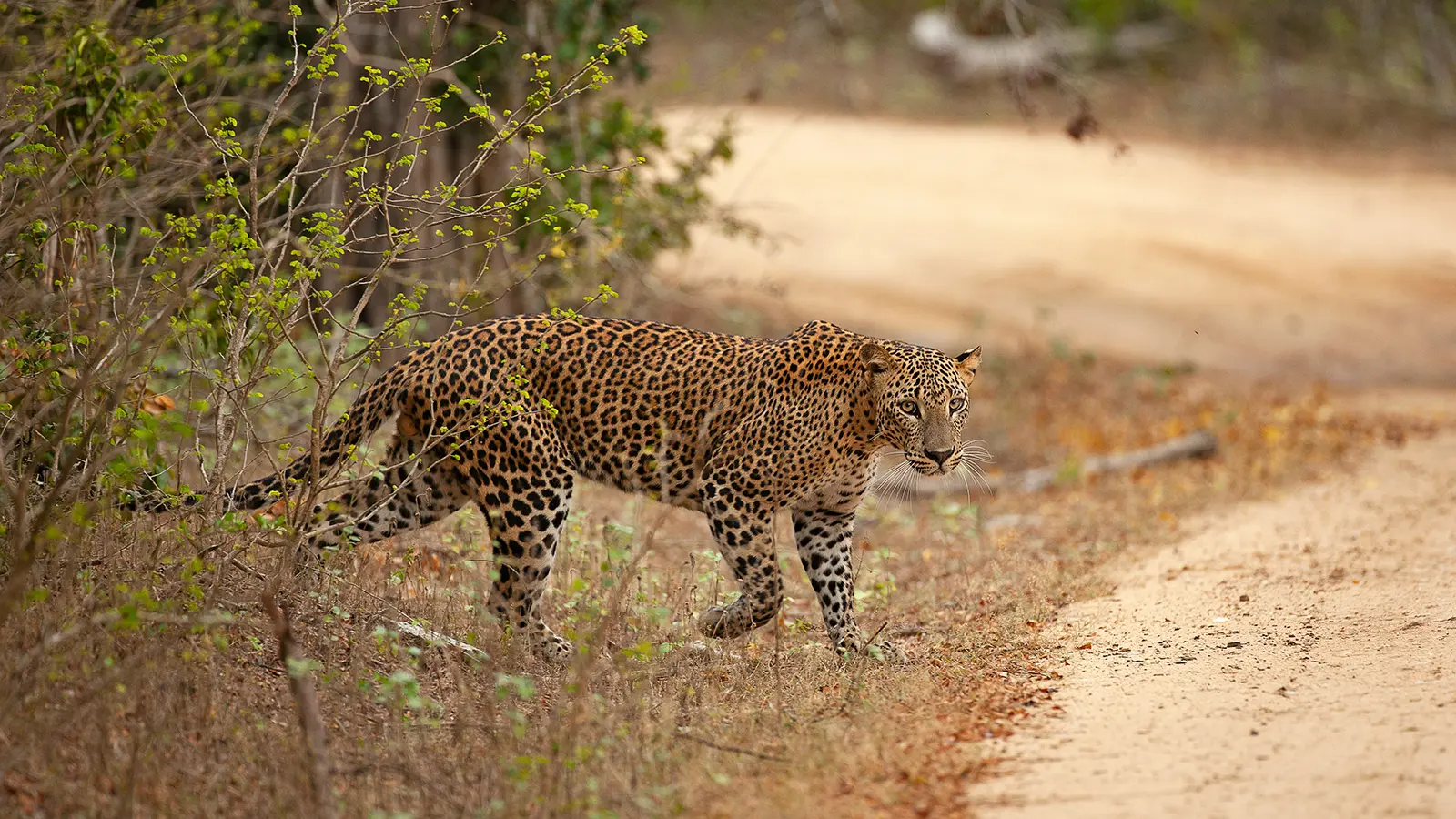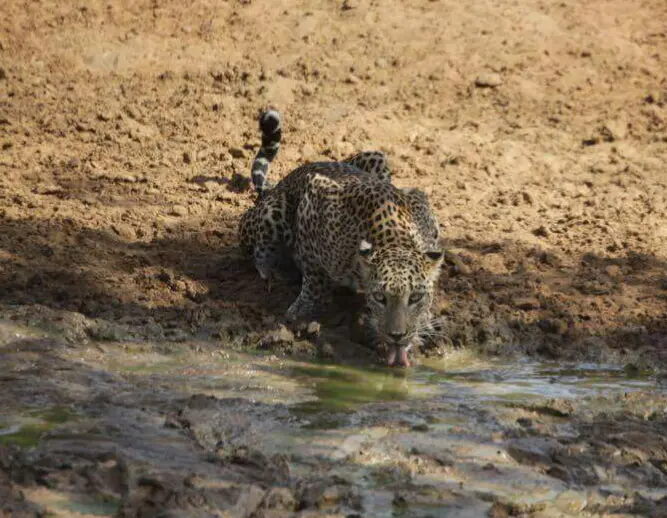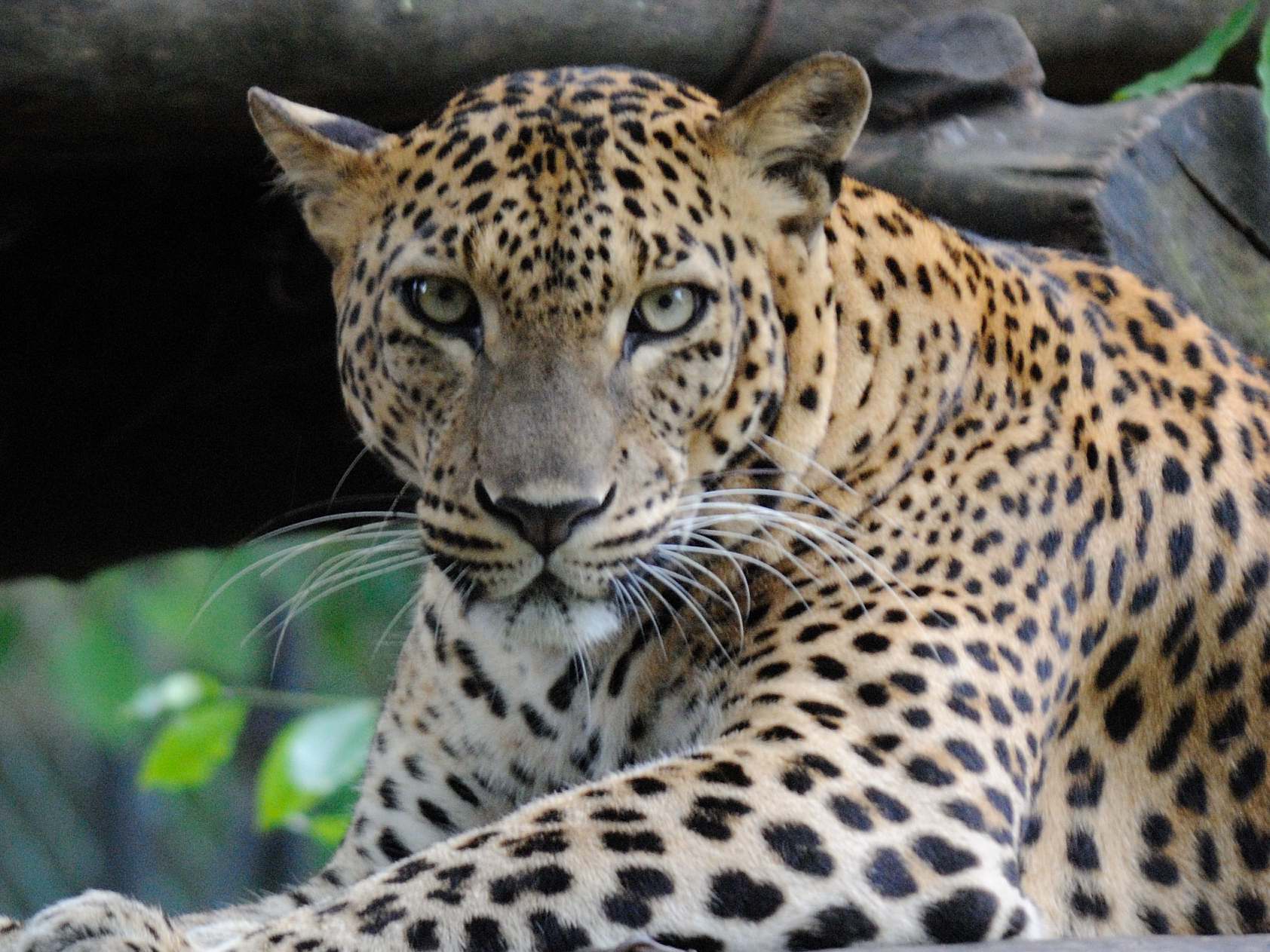Itinerary In Brief
Turtle Farm / Ambalangoda / Galle
Tissamaharama or Kataragama
Yala National Park
Package Includes
- Service of a English Speaking Driver Guide.
- Transportation in an Air-Conditioned Car / Micro or Mini Coach – As per to the number of clients.
- Hotel Accommodation at 3* or above. HB Basis.
- All taxes.
Package Excludes
- Entrance fees to the places mentioned in the program. (Payment can be made direct at site in LKR).
- Lunch cost through-out the tour. We will assign all Sri Lankan Authentic Restaurants so that clients and pick and choose and pay directly.
- Early check-in and late check-out. (Standard check-in time 14:00hrs and check-out time 12:00hrs)
Day 1 Turtle Farm / Ambalangoda / Galle
We leave the hotel at eight in the morning. The first destination of our trip is the turtle farm where turtles are hatched. Such farms are part of the sea turtle conservation program conducted in Sri Lanka. Not only will you be able to see various species of sea and land turtles, but you will also see one-day-old turtles, just hatched from eggs, being prepared to be released into the ocean.
After visiting the turtle farm, along the way we will be able to see (depending on the season) todi collectors – nectar from coconut palm flowers, which is the main intermediate product used in the production of arrack – a local alcohol as well as coconut syrup or coconut sugar. The collectors move between the palms on special coconut strings – a spectacular experience.
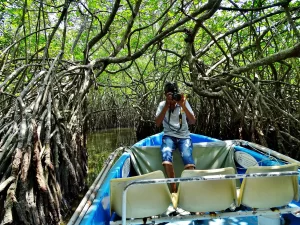 Optional: Madu River Safari – 1.5 hours.
Optional: Madu River Safari – 1.5 hours.
On the way to Galle we will stop at a small port on the Madu River, from where we will start a motorboat safari on the Madu River, which has 66 islands and islets, some of which are inhabited by people. During the sefari you will be able to see the everyday, simple life of the inhabitants of the Madu Delta, who mainly deal with fishing, obtaining crabs and shrimps, and catching river sand for the construction industry. A common sight are laughing children bathing in the shallow and warm waters of the river, women washing clothes on the shore, or fishermen preparing their boats for a cruise on the ocean. A real attraction is a foot massage combined with pilling on fish farms (additionally payable approx. 1 USD for 20 min). Carp-like creatures will clean your feet with precision from unnecessary skin. During the cruise, a visit to the cinnamon island is planned, where the cinnamon old lady and old man cultivate this one of the most popular spices in the world. We will see how cinnamon is extracted, and we will also learn how roofs are built from palm leaves in Sri Lanka. On special request – we will go to an island where there is a small Buddhist temple, where you will be able to look into the cells of the monks living there, see the farm buildings or try to play with the giant squirrels living in the temple area.
Another interesting attraction of the trip will be a visit to the largest mask museum in Sri Lanka in Ambalangoda. Masks have a special meaning in Sri Lanka – they are used in ritual dances, folk medicine and also in everyday life to scare away evil or gain the favor of good spirits.
On the way to Galle, we will see the remains of the Tsunami that hit the island on December 26, 2004 and claimed 60,000 lives. To ascertain the scale and strength of the element, the Japanese government founded a monument to Tsunami victims – an approximately 13-meter statue of Buddha reflecting the height of the wave near Hikkaduwa on the way to Galle. There is also another monument in Hikkaduwa commemorating the tragedy. The bas-relief also shows the destruction of 1,270 passengers of a train traveling along the coast during the wave.
After arriving in Galle, a 17th century Dutch fort, we will take a walk through the charming streets of the city that still operates within the fort, and visit churches including the Dutch Reformed and All Saints’ Anglican. We will enter the bastions where the cannons were placed defending access to the fort. Currently, the fort is on the UNESCO World Heritage List.
After visiting the fort, we will go to the nearby fish market, where fishermen sell fish and seafood caught from the ocean.
That day we have a visit to Hoo Mana on the program – this is a peculiar place, a rocky coast of the Ocean, where in the right weather there is a phenomenon that looks like a huge geyser. Namely, ocean waves fall into a crack between the rocks creating a column of water a dozen or so meters high, gushing upwards to the applause and general joy of the local tourists gathered around. After visiting the Blow Hole we go to the strange Wewurukanale temple, where in the seventies the largest Buddha figure on the island was built. Thanks to the staircase placed behind the figure, you can climb to the very top of this monumental structure and look into Buddha’s head through a small hole in the back of his gigantic skull. At the foot of the structure there is a labyrinth, where you can see life-size installations showing the suffering of evildoers, which await them after certain death. And so all kinds of devils and monsters cut in half with a wood saw a poor man held upside down by the ankles and feet. Other devils are fully engaged in boiling the unfortunate man in a vat of oil, while more monsters are tormenting the villain impaled on a spear. The head of hell, Maha Jak, looks on calmly from his throne, accompanied by advisors for inflicting suffering. Of course, the figures burned in hellfire, asking for grace and forgiveness are the complement of the installation. Further on, the labyrinth leads us into the depths of the building, where on the walls there are pictorially formulated different types of penance for improper behavior in life on earth. From the comic drawings we will learn how many wolves will eat our bodies for telling lies or which parts of our bodies will be cut off after death for not helping grandma across the street. Any insubordination of children towards their parents, lack of diligence in learning, lies or bad behavior are severely punished by roasting the offender on a slow fire, letting them into a cage full of hungry lions or breaking on the wheel. Blood flows in hectoliters in the pictures, and the strange creatures have all the more fun the more suffering they are able to inflict on sinners.
The temple facilities are also interesting. There is a peculiar temple in which the life and teachings of Buddha are reflected by means of life-size installations with figures of people, animals and all kinds of creatures. The temple makes an impression of grotesque and absurdity on visitors, especially when after the visit you look at the gigantic Buddha, on the top of whose head there is a flame of enlightenment that looks like a cream – cocoa – strawberry Italian ice cream. Wewurukanale is a place where you will rarely see tourists – the avant-garde of Buddhist temples on the island.
On the same day, we will also climb Mulkirigala. It is a rock monolith about 200 meters high equipped with stone staircases and handrails that lead to the very top of the mountain. Along the way, there are countless Buddhist temples with Buddha statues from different eras. One can safely risk the claim that Mulkirigalla is a combination of Sigiriya and Dambulla.
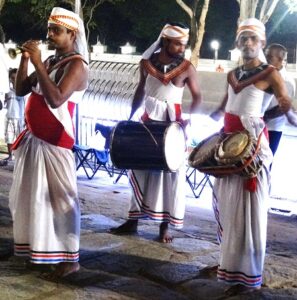 Optional: 1 Kataragama Temple (3 hours).
Optional: 1 Kataragama Temple (3 hours).
Visit to the most important Hindu temple on the island – Kataragama. There, throughout the year, countless pilgrimages of followers of all four religions prevailing on the island go, because the god Kataragama has unimaginable power and fulfills all the requests of the faithful. Of course, for the god to fulfill requests, you have to ask appropriately. Hence, on the temple square, we will see entire processions of the faithful immersed in a trance, in an epileptic kolam dance with peacock feathers, rolling in the sand or walking around the temple on their knees repeatedly. All this to the screeching of trumpets, the rhythm of drums and the shouts of the participants of the rituals who are put into a trance. In the area, there is also a Buddhist stupa and a Muslim mosque. Fullness of religious eclecticism. An experience worth having.
Tissamaharama or Kataragama
Day 2 Yala National Park
After breakfast, early morning pick-up in 4WD vehicles, safari in Yala National Park (Ruhunu National Park – note – in September not available for visitors). In Yala you can see elephants, wild boars, roe deer, deer, monkeys (macaques and greylangers), hares, peacocks, storks, herons, bee-eaters, kingfishers, parrots, hornbills, pythons, cobras, but the main attraction are leopards, which can usually be seen before sunset or early morning. We move around the park in an open 4WD vehicle (usually a simple jeep) with a driver. The safari lasts about 3 hours and ends before noon. Return to the hotel on the beach.
Need Help?
Have questions about our tours or need help deciding the best fit for you? We're here to assist! Feel free to reach out anytime for personalized guidance and recommendations. Your perfect adventure awaits – let's make it happen together!

